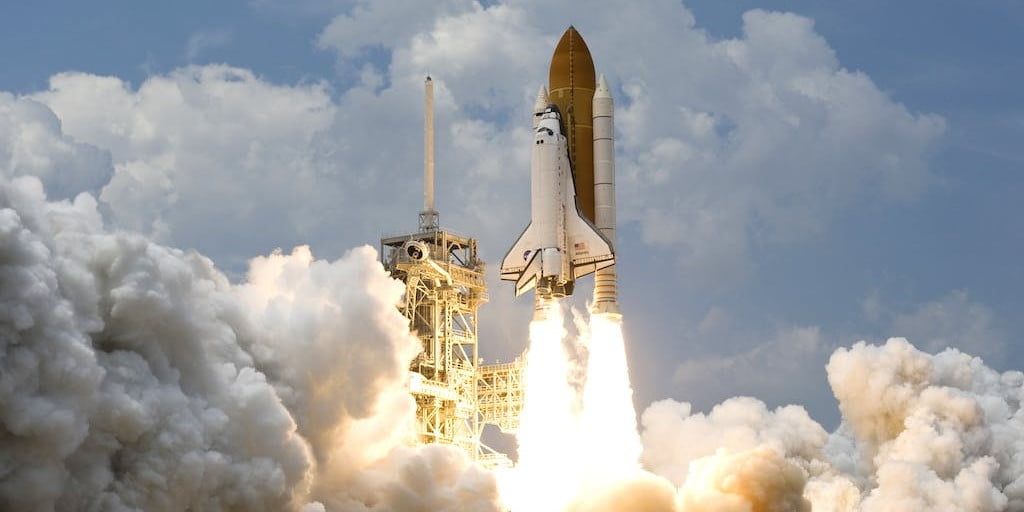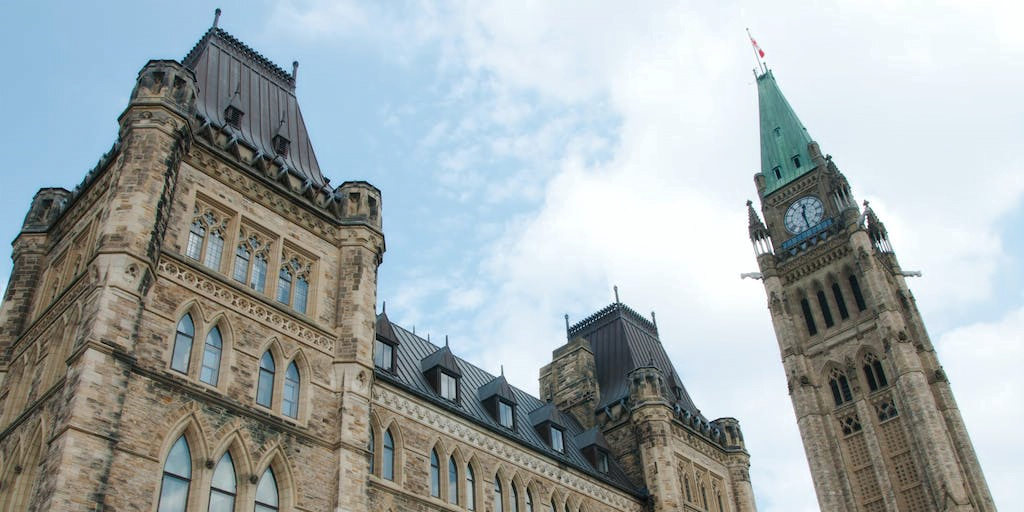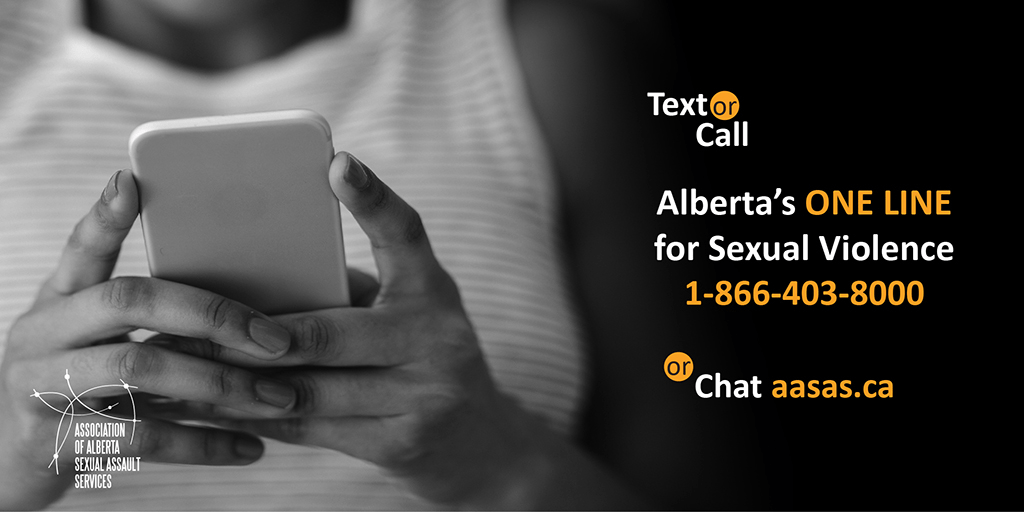A dive into international space law, how it affects Canada, and what Canada does within its own borders to regulate space exploration. The universe encompasses planets, stars, galaxies, and other forms of matter and energy. Every point in space...
A dive into international space law, how it affects Canada, and what Canada does within its own borders to regulate space exploration.
 Photo from Pexels/Pixabay
Photo from Pexels/Pixabay
The universe encompasses planets, stars, galaxies, and other forms of matter and energy. Every point in space is a storyteller, unveiling distant realms and boundless territories. Yet, who holds the authority to dictate the rules that govern space, and does it truly belong to anyone?
There are five international treaties about space law. They are overseen by the United Nations Committee on the Peaceful Uses of Outer Space (UNCOPUOS). Each treaty emphasizes that outer space, its activities, and the benefits derived from it should contribute to the well-being of all nations and humanity. It also fosters international cooperation. Canada is a party to all except the Moon Agreement.
The Outer Space Treaty
In 1967, the United Nations General Assembly adopted the Outer Space Treaty. It is a foundational document in the field of space law.
Its fundamental principles include:
Benefit for all Nations: Nations should use outer space for peaceful purposes. Activities on celestial bodies, including the Moon, will be for the benefit and interest of all countries. Freedom of Exploration and Use: All states can explore and use outer space without restrictions. Prohibition of National Appropriation: Nations cannot claim outer space as their sovereign territory or establish ownership of any part of space. Prohibition of Weapons of Mass Destruction: Nations cannot place weapons of mass destruction in outer space. Peaceful Use: The moon is only for peaceful purposes. Astronauts as Envoys of Humankind: Astronauts are humanity’s envoys, symbolizing cooperation and goodwill. National Responsibility for Space Activities: Nations are responsible for any space activity, even by non-governmental entities. Liability for Space Objects: Nations are liable for damage caused by their space objects. Avoidance of Harmful Contamination: Nations must take measures to prevent harmful contamination of space.The Rescue Agreement
Coming into force in 1968, the Rescue Agreement works to ensure the welfare of astronauts. It has two main principles. First, nations should help astronauts in distress as much as possible to get them back to Earth quickly and safely. Second, states must provide information and aid to recover space objects.
The Liability Convention
The United Nations General Assembly adopted the Liability Convention in 1972. It addresses liability issues and damage caused by space objects. States who launch space objects are internationally liable for damage caused to other states or their space objects on Earth or outer space. Liability is strict, meaning that the launching state is responsible for the damage caused, even if there is no fault. States must compensate for damages, and there is a process to make claims against other states.
The only claim filed under the convention was the crash of Kosmos 954. Launched by the Soviet Union in 1978, it crashed on Canadian territory. The recovery effort, Operation Morning Light, searched a 124,000 km/sq area, costing nearly $14 million. The Dené people continue to feel the consequences, including radiation affecting their ancestral lands and increased cancer rates. In the claim, the governing body considered this when deciding damages.
The Registration Convention
In 1976, the Registration Convention set up a system for registering objects launched into space. It outlined that all states must have a national registry of all the objects they launch. There are specific details to include in the registry, such as the date and location of the launch. Periodically, nations must provide this information to the United Nations.
Other states and organizations have access to the registry information. It promotes transparency and cooperation in space activities. It also prevents any harmful interference with the actions of other states in space. If a nation makes any changes or transfers a space object, they must promptly update the registry.
The Moon Agreement
Coming into force in 1984, the Moon Agreement holds little relevancy in international law because few states have adopted it.
The key principles of the agreement include:
The Moon and its resources are for the heritage of all humankind. If resource mining on the Moon becomes feasible, an international regime must be created. Nations cannot claim sovereignty or appropriation of the Moon. Countries need to prevent harmful contamination and changes to the Moon’s environment. States are liable for any damage caused to space objects on the Moon.Artemis Accords
In 2020, NASA (National Aeronautics and Space Administration) introduced the Artemis Accords, which are an unofficial set of guidelines and principles. They aim to change the narrative from space race and competition to collaboration. As of November 2023, twenty-nine countries have signed on, with Canada being one of the founding nations.
The Artemis Accords emphasize:
peaceful exploration of space transparency interoperability emergency aid to astronauts in distress registration of space objects preserving humanity’s outer space heritage using space resources sustainably deconfliction of activities safe disposal of orbital debrisCanada’s Legal Framework about Space
Canada plays an important role in space exploration. For example, Canadarm is a remote-controlled robotic arm that helped build the International Space Station. This technology helped advance space discovery and research. No wonder it is on the back of the Canadian five-dollar bill!
Given Canada’s role within the space community, it only makes sense for Canada to have its own set of space laws within the country. Some of these include the Aeronautics Act, Radiocommunication Act, Remote Sensing Space Systems Act, and Canadian Space Agency Act.
In particular, the Canadian Space Agency aims to “promote the peaceful use and development of space, to advance the knowledge of space through science and to ensure that space science and technology provide social and economic benefits for Canadians.”
In a constantly evolving field, the laws and rules around space are bound to change. With space mining becoming closer to reality and SpaceX’s ambition of colonizing Mars, time will determine how space law will continue to evolve.
Looking for more information?
Beyond Borders: Exploring space lawDecember 27, 2023 Where are my Charter rights?November 30, 2023 Are Canada’s Air Passenger Protection Regulations Working?October 31, 2023Looking for articles like this one to be delivered right to your inbox? SUBSCRIBE NOW!
DISCLAIMER The information in this article was correct at time of publishing. The law may have changed since then. The views expressed in this article are those of the author and do not necessarily reflect the views of LawNow or the Centre for Public Legal Education Alberta.
The post Beyond Borders: Exploring space law appeared first on LawNow Magazine.













